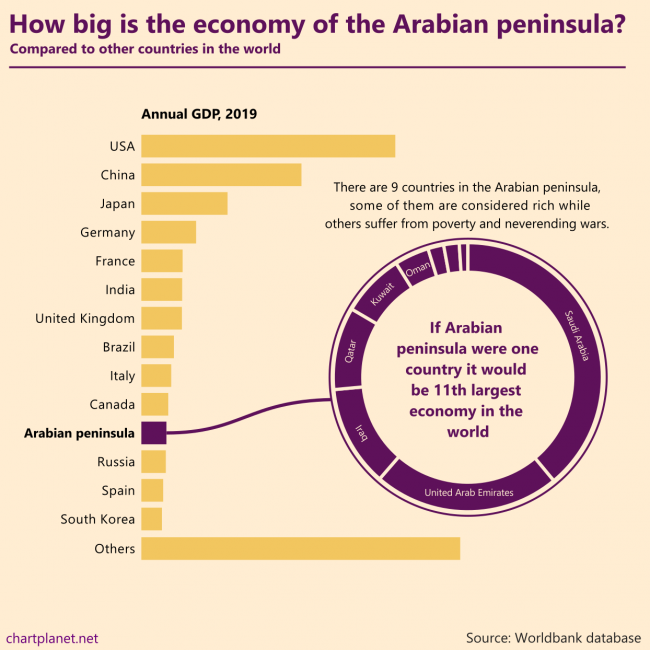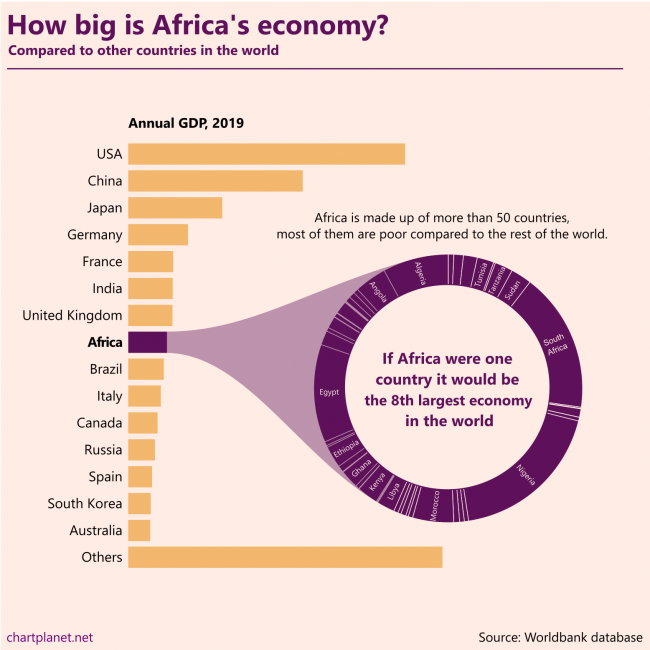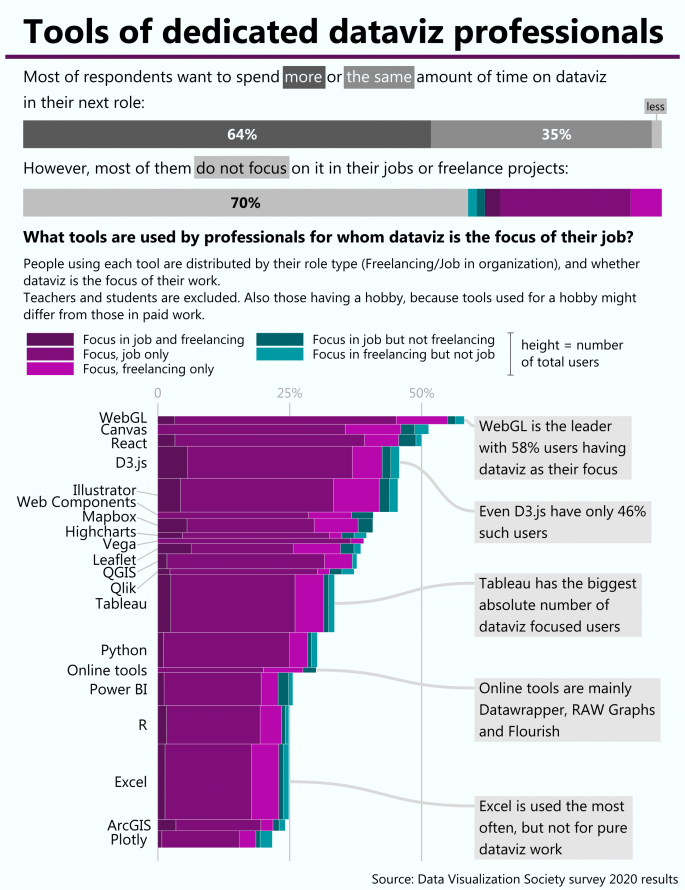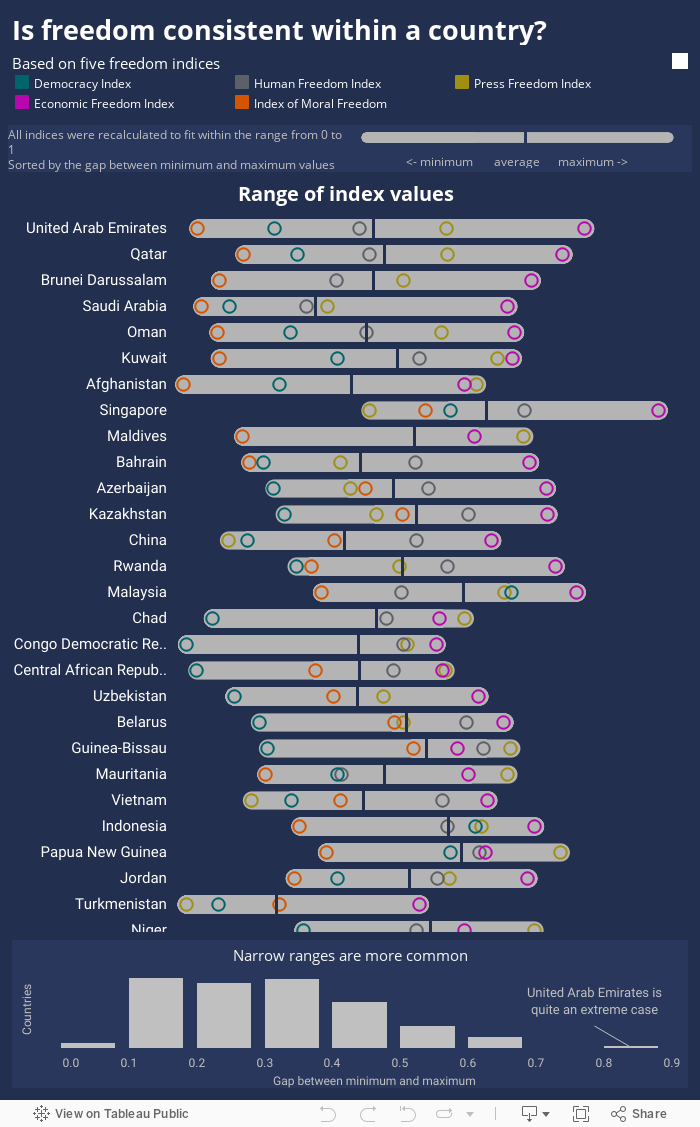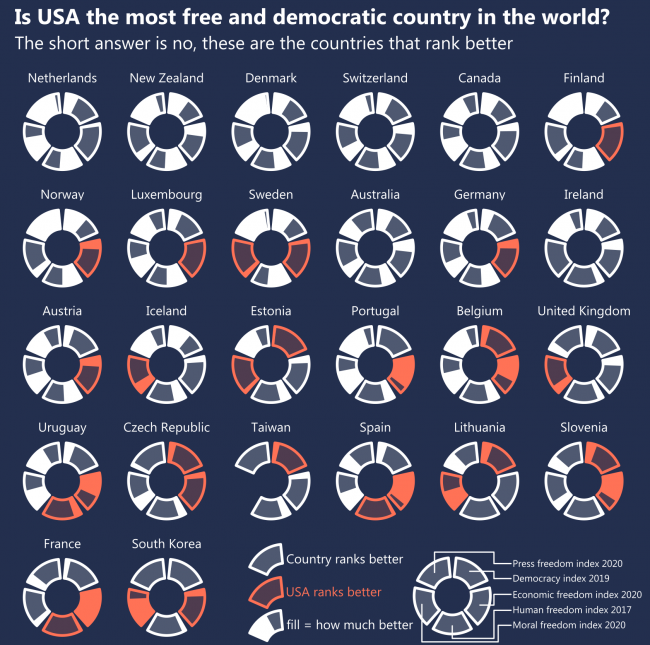
In the Northern hemisphere the summer is warmer than the winter (i.e. normal), in the Southern hemisphere the winter is warmer than the summer (i.e. Australian), around the equator there is not much difference during the year.
What: The difference between monthly mean temperature and annual mean temperature.
When: Some weather stations have data since the XVIII century.
Where: All the weather stations in the world binned at each 10th latitude. Only stations with full-year datasets used in calculations.
Source: Global Historical Climatology Network-Monthly (GHCN-M) temperature dataset https://www.ncdc.noaa.gov/ghcn-monthly



